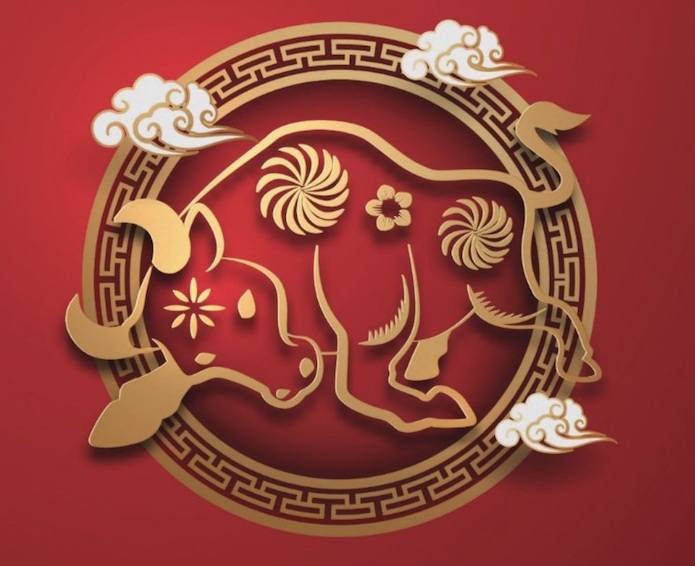Chinese New Year is back with its full pomp and show and this time its celebrations have taken various social media platforms with awe. Unlike most of the world, the Chinese New Year is celebrated with much vigour on the second full moon which occurs at the end of the winters to commemorate the beginning of the new season of Spring. This is the major reason why this festival is also known as the ‘Spring festival’.
Interestingly, this year an enticing trend like the year of ox is trending on social media platforms. Apps like Facebook and Instagram have developed various new features for people to initiate the celebration of the New Year. Facebook has developed many AR effects, filters, and stickers for the people to give a much needed engaging experience to this festival.
In addition to this, Instagram has also brought new features like that of collecting stories of people celebrating the festival from around the world. They are then compiled by the platform. With this, some new filters and effects have also been added which would be available till February 17 on the platform.
The Chinese New Year
According to Chinese astrology, twelve animals represent the cycle of 12 consecutive years. Based on these animals, every single year is characterised according to the series of events that are expected to take place throughout the course of a 12-month period. Other than that, these years also give various personality traits to people who have taken birth in that particular year.
The year 2021 will be known as the ‘Year of Ox’ and is expected to bring stability, peace, and economic prosperity all across the globe. Along with this, the year will also bring a lot of opportunities and is largely associated with optimism.
As we all know, 2020 was the year that wreaked havoc on the world and brought a once in a century pandemic. This is why this jinxed year is also known as the ‘Year of Rat’ as the year was ominous enough that brought deaths and devastation along with economic downfall.
Significance of Year of Ox
Chinese new year is based on a 15 days long celebration which culminates after special celebrations on the last two to three days. The lunar new year is also said to have various superstitions like refraining from trimming and washing hair, buying shoes, or burning crackers to keep away the devilish forces. Besides this, other animals that are a part of the Chinese zodiac include rat, ox, tiger, rabbit, dragon, snake, horse, goat, monkey, rooster, dog, and pig.
The Year of Ox is specifically celebrated on February 12 with several days of festivities thereafter. According to the Chinese horoscope, these zodiac animals also define the characteristics traits of people. Other than that, they are also represented by 10 heavenly stems along with 12 earthly branches.
The Year of Ox is also known as Xin Chou where Xin means metal and Chou is the symbol of an ox. The ardent believers express their faith in the hard-working nature of the ox that would ultimately be impacting the course of the year. Alternatively, some believers also have deep faith in the sense that their luck will depend on the position of ‘Tai Sui’ which means stars directly opposite to Jupiter.
As far as personality traits are concerned, the ox is considered as an honest animal while never seeking praise from anyone. With that, there are different types of oxes where those with metal ox are considered to sail through prosperous financial conditions. Water ox is respected a lot while being the most beloved one in the family. On the other hand, the wood ox is considered multi-talented but can face some financial problems. Fire ox is often funny but friendly whereas Earth ox is usually detailed-oriented along with being financially comfortable.
Losar: Tibetan New Year
In northern mountainous regions of India including that of north-eastern India and Tibet, Losar is celebrated with an enthusiastic spirit. In places like Ladakh and Tibet, this Tibetan new year period is celebrated just like the Chinese New Year during the first month of their lunar calendar. A lot of religious, cultural, and merrymaking events are observed with delicacies and colourful flags hoisted on top of houses, hills, and monasteries.

